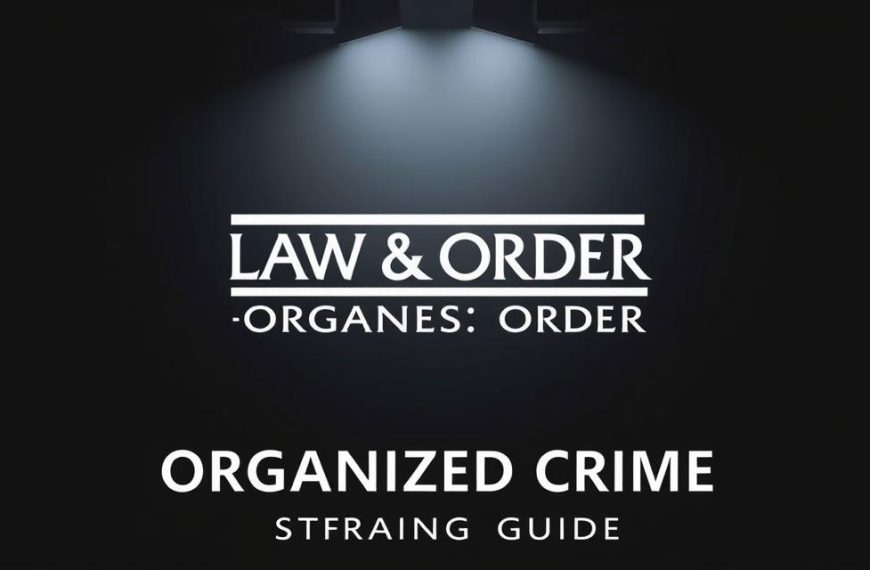Physical autonomy remains a cornerstone of legal protections across England and Wales. Under common law principles, unlawful contact with another person – even without injury – constitutes a criminal offence known as battery. This fundamental concept safeguards individuals from unwanted interference, forming the basis for countless prosecutions.
Contrary to popular belief, battery differs significantly from assault. While assault involves creating fear of imminent harm, battery requires actual physical contact. Legal professionals must prove two elements: the defendant’s intentional/reckless act (mens rea) and the unauthorised touching itself (actus reus).
This offence carries serious implications across both criminal and civil courts. Recent cases highlight how everyday interactions – from workplace disputes to medical procedures – can lead to charges if consent is absent. The potential consequences range from fines to imprisonment, depending on severity.
Our analysis explores landmark rulings that shaped modern interpretations, practical defences used successfully in court, and emerging debates about bodily autonomy in healthcare settings. Understanding these nuances proves vital for legal practitioners and citizens navigating personal rights.
Understanding What is Battery in Law
Legal systems prioritise protection against unauthorised interference through established principles. At its core, battery involves unwanted physical contact, regardless of force severity. This principle safeguards bodily autonomy – a right deeply rooted in English common law traditions.
Defining Battery in Common Law
Common law defines this offence through two critical components: intentional/reckless action and unauthorised touching. Even minimal contact – like brushing against someone without consent – meets the threshold. Courts focus on whether the interaction violated personal boundaries, not just physical harm.
Historical rulings reveal how medieval trespass concepts evolved into modern protections. Lord Justice Diplock notably stated in Collins v Wilcock: Any touching without consent prima facie amounts to battery
. This interpretation remains foundational in contemporary cases.
Distinction Between Battery and Assault
While often conflated, these offences differ fundamentally. Assault centres on creating fear of imminent harm, whereas battery requires actual contact. For example, threatening gestures constitute assault; following through with a shove becomes battery.
Legal professionals face challenges explaining these nuances to clients. Many assume common assault charges involve physical acts, though technically they might only cover threatening behaviour. Clear communication about these distinctions proves vital during trials and client consultations.
Legal Definition and Essential Elements of Battery
Establishing liability for unauthorised physical interactions hinges on two core components in English jurisprudence. These elements ensure protections against violations of personal boundaries while accounting for socially acceptable behaviour.
Actus Reus and Mens Rea in Battery Cases
The actus reus demands proof of unlawful touching. This includes any contact exceeding what’s deemed permissible – from grabbing someone’s arm to performing medical procedures without consent. Courts examine whether the defendant’s actions breached societal norms, not just caused injury.
Mens rea focuses on mental culpability. Prosecutors must show the perpetrator either intended contact or acted recklessly regarding its possibility. As established in R v Venna, even momentary recklessness satisfies this requirement if contact results.
Unlawful and Offensive Contact Explained
“Offensive” extends beyond physical harm to encompass dignity violations. A reasonable person standard applies – would most individuals object to such contact? Spitting, for instance, often qualifies despite causing no injury.
Exceptions exist for unavoidable scenarios. Crowded public transport or lawful sports tackles don’t constitute this criminal offence. Legal defences succeed when proving implied consent or lawful justification for the contact.
Real-World Examples and UK Legal Cases
Judicial decisions shape legal boundaries through practical application. Recent rulings demonstrate how courts balance individual rights with societal expectations in contact-related disputes.
Case Studies from England and Wales
The 1984 Collins v Wilcock ruling remains pivotal. Police officers detained a woman by her arm during questioning. Courts deemed this unlawful contact, reinforcing that everyday interactions require implied consent.
In R v Afolabi, a fleeting shoulder touch during an argument led to conviction. This 2017 decision confirmed that harm severity doesn’t determine liability – unauthorised contact suffices.
Interpretation of Offences in the UK Legal System
Debates continue about statutory versus common law status. While section 39 of the Criminal Justice Act 1988 codified penalties, Haystead v DPP clarified that precedents still govern offence interpretation.
Notable exceptions emerge in medical contexts. A surgeon performing unauthorised procedures could face criminal charges, even with therapeutic intent. Courts prioritise patient autonomy over professional judgement.
| Case | Key Ruling | Impact |
|---|---|---|
| Scott v Shepherd | Chain causation applies | Expanded direct contact definition |
| DPP v Little | Statutory offence confirmed | Clarified sentencing procedures |
| Collins v Wilcock | Bodily inviolability principle | Foundation for modern cases |
Sentencing patterns reveal practical considerations. While maximum penalties include six-month sentences, most first-time offenders receive fines. Aggravating factors like premeditation increase severity.
Battery vs. Assault: Key Legal Distinctions
The criminal justice system draws clear boundaries between threatening behaviour and unlawful touching. While these offences frequently coexist, their legal treatment differs markedly in both intent requirements and evidential thresholds.
How the Law Differentiates Assault and Battery
Assault centres on psychological impact – creating genuine fear of imminent violence. A raised fist or verbal threat suffices if the victim reasonably believes harm will follow. Conversely, battery demands physical contact, however slight.
Lord Justice Goff clarified in R v Ireland: Silent phone calls causing psychological harm may constitute assault, but never battery
. This distinction shapes prosecution strategies and defence arguments across jurisdictions.
Illustrative Scenarios in Criminal and Civil Contexts
Consider these common situations:
| Scenario | Offence | Key Factor |
|---|---|---|
| Threatening to punch someone | Assault | Apprehension of violence |
| Spitting without consent | Battery | Unlawful contact |
| Waving knife near victim | Assault | Fear creation |
| Shoving during argument | Battery | Physical interaction |
Implications for Victims and Defendants
Charges often overlap – a perpetrator might face assault for threats and battery for subsequent contact. Civil claims frequently accompany criminal proceedings, enabling compensation for emotional distress alongside punitive measures.
Defence strategies vary significantly. Consent arguments might succeed in battery cases, whereas mistaken intent claims could negate assault charges. Legal professionals must assess each element separately when building cases.
Defences, Aggravating Factors and Circumstantial Terms
Legal strategies for unauthorised contact cases require balancing individual rights with societal interests. Courts assess both reasonable justifications and severity markers when determining outcomes.
Available Legal Defences
Self-defence claims succeed when defendants prove immediate danger necessitated proportional force. A shopkeeper tackling a thief might avoid charges if their response matched the threat level.
Consent remains pivotal in sports and medical contexts. Surgeons performing authorised procedures gain protection, though this dissolves if injuries exceed agreed terms. Rugby tackles during matches typically qualify, while unauthorised experiments do not.
Aggravating factors dramatically alter sentencing. Domestic abuse cases now consider psychological control under the 2015 Serious Crime Act. Judges impose harsher penalties for abuse of trust or attacks on vulnerable individuals.
Professionals like police officers receive specific protections. Reasonable force during arrests won’t incur charges if protocols get followed. Each case hinges on whether actions aligned with lawful duties and community standards.

















